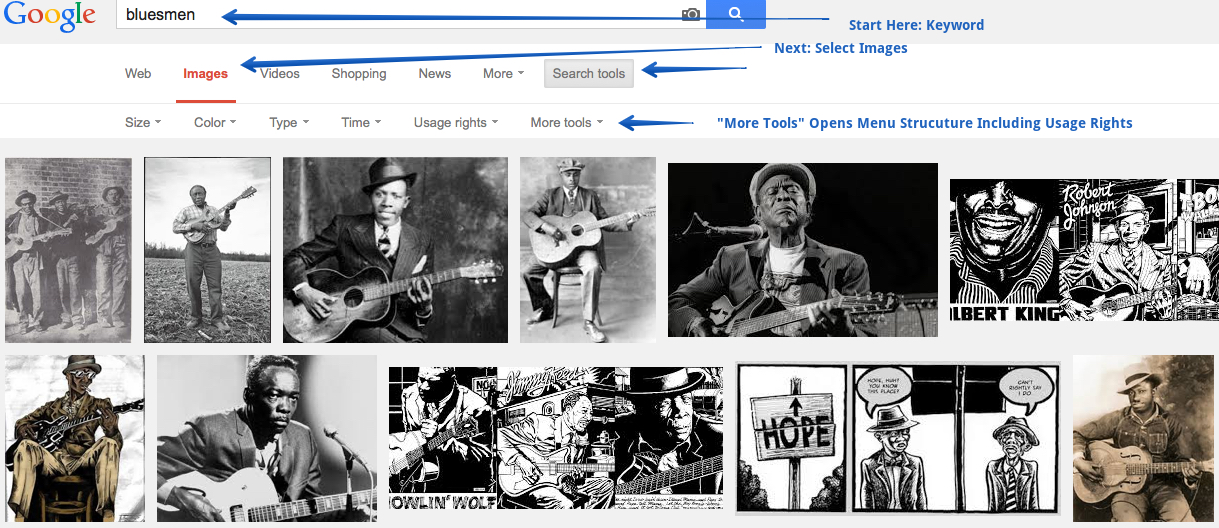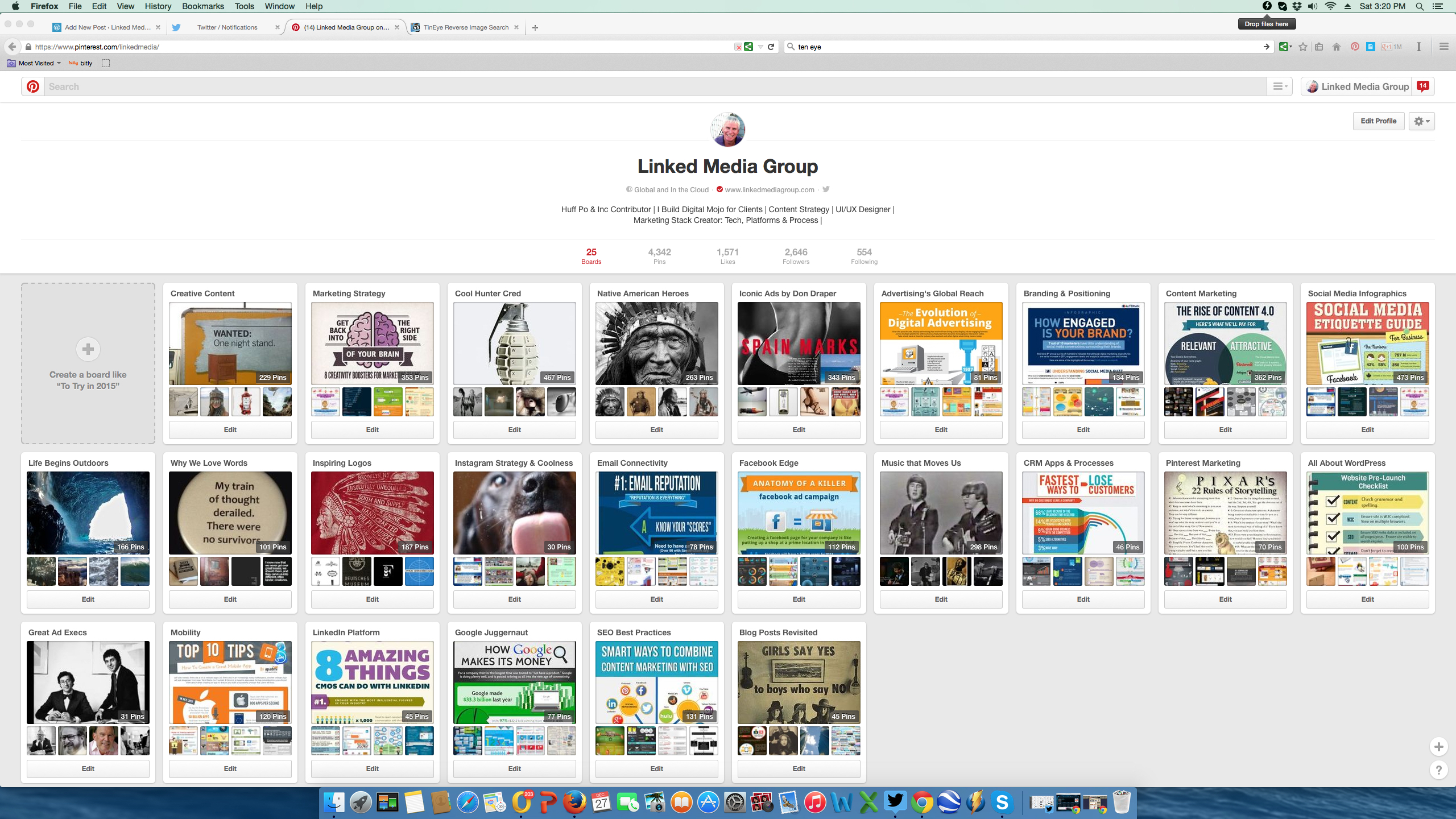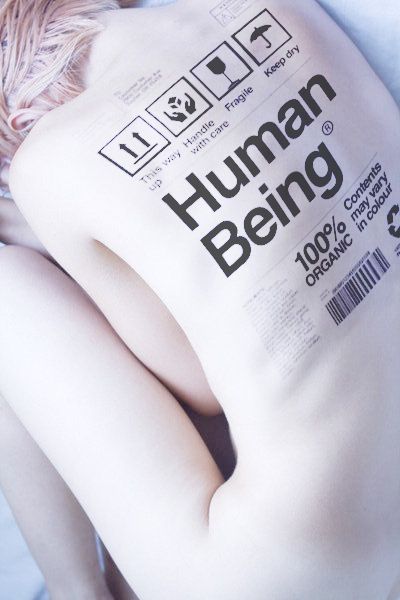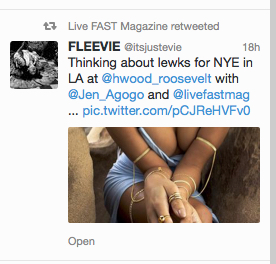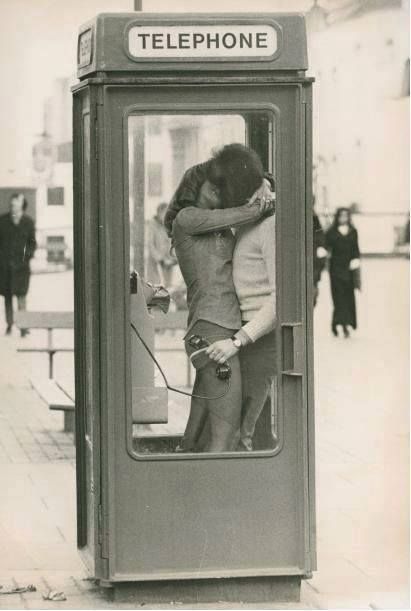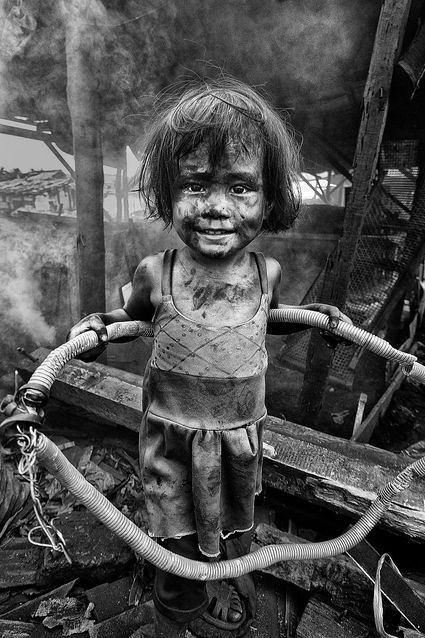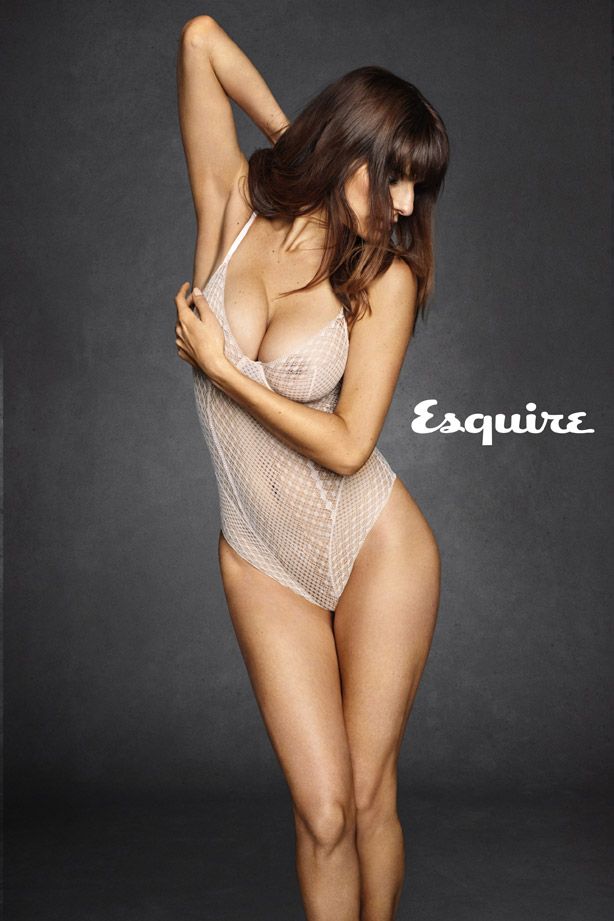Images are Everything in today’s Content Smogged World
As we move forward into this new always on content drenched world standing out is increasing more difficult for traffic hungry brands.
Original content and images are expensive to create and curate.
To succeed you gotta take shortcuts to drive traffic and social engagement, while keeping in mind curation (selection) trumps mediocrity.
New Rules of the Road for Image Sourcing and Usage
Thousands of blogs have been written about sourcing images via low cost sites or services. I disagree with most. Most of these sites have funky images and should not be used on a web site.
Best image sourcing bar none for web site or brand usage is Getty Images. Just select images with no reoccurring fees.
Second best image sourcing is developing images in house and Canva is the go to resource for easily creating images.
Grab and Go Image Sourcing for Social Media Usage
TinEye is the best (in beta) cloud based free tool for understanding if an image is all over the web.
Google your phrase or keyword and then select images: this screengrab details the process
I am not advocating pirating images for usage on a web site or an asset or intellectual property your company owns unless “usage rights” are labeled for reuse.
But, let’s face it, many publicly used and shared images are not original and using them via social media as long as you are not reselling is fine.
Twitter, Instagram, Facebook and LinkedIn are full of images sourced via the public web.
Your challenge is just curating (finding and filtering) images that will resonate.
No consumer facing brand should ignore Pinterest as a source for finding images and creating a presence on a high growth social platform.
And, 90% of what you need to do to create a Pinterest account has been covered in this previous post.
That’s a screen shot of our agency Pinterest page. It’s taken several years to source over 4K pins.
Working with clients, I tell them once you’ve curated images, infographics, photos, etc. via Pinterest you have a source of images that can be used on an ongoing basis.
If you know who the artist or photographer is then give them an image credit, if the image is being used on a blog.
Getting into the Heads of Today’s Smartphone in Hand Consumers with Smart Content
Five Types of Images that Drive Brand Engagment
Provocative images garner attention and get into the mind of your targeted consumer.
Standing out on Twitter with an image for many involves sex and sizzle. Nothing wrong with this if done tastefully. But, “tasteful” has to map to the persona profile of your target community.
Traditional “old school” images work too: they are “au contrair” and stand out in a world of high tech image development.
Pathos and Humanity ring true and hold the attention of the visitor.
“Celebrisexation” still continues to sell (see KimK’s posterior) and GQ and Esquire have both shifted to image heavy shots of gorgeous women in provocative poses.
Infographics are becoming somewhat passe, unless they are extremely well done: detailed, informative, practical and solution driven.
This particular infographic below (PowerPoint Template) is one of the most popular pins on our Agency Board.
Videos are moving front and center for most brands; for good reason, YouTube alone generates 6 Billion hours of views each month.
This GoPro Documentary has generated close to 3M views in a year. It’s authenticity and minimal product placement make it stand out from the herd of junky/funky “viral videos.”
Visual Marketing Rules for Hungry Brands in need of Views, Traffic and Engagement
- Your building authenticity with your community: visual’s impact creates brand relevance.
- As technology “takes over our lives” visual strikes a chord within others. Sensory currency is “real” to the visitor.
- Visuals drive cultural relevancy that engages the visitor in ways that text cannot equate with.
- “Archetypes” have been around since the days of ancient cave man paintings and visuals are a powerful storytelling tools that feature “heroines” and “heroes” embedded in brand storytelling.
- Past is prologue when using images; what worked a year ago probably won’t work now. Markets are moving too fast and consumer tastes are shifting rapidly.
- Media Brands like Vice have pioneered a new type of visual imagery making “60 Minutes Mike Wallace interviews” dated. And, for good reason, their content is high impact, in your face and the informative is presented in snackable and/or deep dive sound bites.
- Boring is just boring and if your imagery doesn’t generate immediate impact it’s a non starter.
- Your imagery is floating in a sea of distraction. Look around you, today’s consumers are having sex with their smartphones close by. #distracted
- There are no hard and fast rules for using images to drive brand engagement - other than pushing the proverbial envelope, measuring engagement and then hitting consumers over the head with more relevant content.
- For video, you don’t need production values of a GoPro to make great videos. Start small with a 15-30 second video and build from there.
The Only Hard and Fast Rule for Image Laden Content: Don’t be Boring
We are all exposed to thousands of images today. So, boring images just don’t do anything for your brand.
None of the sample images in this post are boring. They are all powerful in one way or another and make a visual statement that garners your attention.
Make a statement with your images: stand out and do anything and everything to garner the attention of the viewer.
Your brand is invisible to many if you are not getting their attention.
Images are an integral part of any content marketing strategy.

